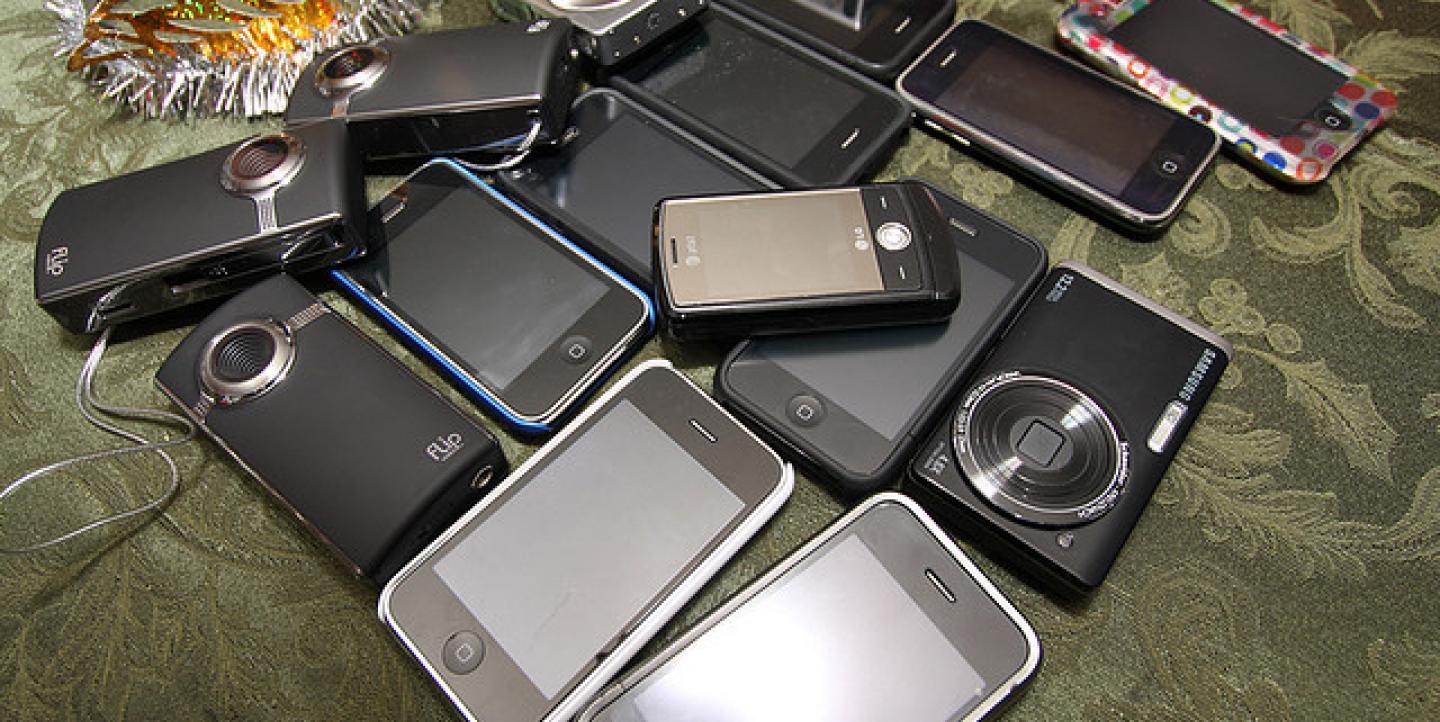Some journalists see technology as being at odds with traditional journalism.
Not Robert Hernandez, who teaches web journalism at USC Annenberg School for Communication and Journalism. The self-proclaimed “hackademic” held a recent Tech Tools for Web Journalists chat on Twitter.
“Web/technology changed so fast that we clearly had to change with it... embrace it, rather than fight it. These new powerful tools, platforms really, gave us a new way to do journalism,” wrote Hernandez (@webjournalist) during the chat.
The chat, sponsored by ProfNet, shed light on some useful multimedia journalism tools. IJNet found these six tools to be the top takeaways; you can read the full chat transcript here.
1. Creating Video
The recently-discontinued Flip camera was once at the forefront of online video reporting, but "with smart phones, you could do what the Flip did, plus a lot more," writes Hernandez. "My iPhone is a real-time cam for both video and stills, as well as audio, not to mention social media aspects." Still, he believes "there will be another Flip camera."
Hernandez and other chat participants recommend the Splice and the 1stVideo - Networks Edition, apps and the Sony Bloggie 3D camera.
2. Embedding Video
"The Vimeo embed tools with HTML5 first then Flash fallback are quite good and work nicely for mobile," advises Dave Stanton (@gotoPlanB), managing developer at Smart Media Creative and a former Technology Fellow at The Poynter Institute. "I love the ability with Vimeo to whitelist the sites that can embed the video."
Hernandez is a fan of YouTube. "YouTube continues to add features," he wrote. "I do think you still get more reach with YouTube. There is nothing wrong with posting on both."
3. Mapping
For mapping fires, crimes, events, vacations, Stanton recommends Google My Maps. "After that, you need some code chops." Others mapping tools include: ZeeMaps, Bing!, UMapper, GeoCommons and Leaflet.
4. Streaming
"Both TwitcastingLive and UStream offer the ability to tweet and post on FB," wrote Hernandez. Livestream, UStream and Justin.tv are good for desktops and also offer chatrooms.
5. Creating stories
Hernandez recommends Storify, which "is based on the concept of curating the social Web. It takes Tweets, photos from Flickr and video from YouTube and more to make a story. It's an emerging storytelling tool." Click here to see an example of his Storify work.
Other story tools include Intersect and CurateUs.
For slideshows, Hernandez recommends Soundslides.
6. Augmented reality
"Augmented reality means different things to different people," writes Hernandez. "Head mounted displays, 3D renderings IRL. But for me, it's like the 'Terminator's' vision... information from web + location + Real life... in real time. We achieve this through our smart phones now... GPS, web, real time."
Tool examples include Yelp's Monocle app available for Android or iPhone, Layar and 360 Verse.
Final thoughts
So will technology displace journalism? Not according to Hernandez. "Believe it or not, the need for journalism will outlast technology, like Twitter and Facebook," he wrote during the chat.
He also gave a word of warning to journalists: "Just because you can, doesn't mean you should [use all these tools). Don't use tech just 'cuz. Use it with purpose."
Hernandez has compiled a list of his favorite tech tools here. For his six rules of online journalism, click here.

